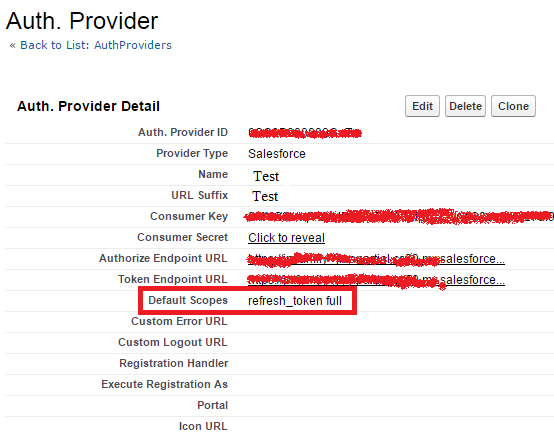
However, that data should still be available to all users of SF to view (it hold’s historical data). More than 65% of that data is old/disabled data. An org got to a point, where data usage is over limit.
If you have lightning connect license, you can connect to external system anytime without any code.  You don’t need any development effort to connect SFDC with external applications, Even business users or Admins can use point and click to integrate.
You don’t need any development effort to connect SFDC with external applications, Even business users or Admins can use point and click to integrate.  Data is not saved in SFDC so you will save cost on space. Big players like Microsoft, SAP are supporting this out of box. What is advantage of lightning connect over API? One of the biggest limitation is that external objects require a common key between Salesforce objects and the external system to relate Salesforce native and/or custom objects to the external object. Connections have callout limit, which means Salesforce org might only call a connector 20,000 times per hour. Salesforce requires the implementation of a search capability for each external object you search.
Data is not saved in SFDC so you will save cost on space. Big players like Microsoft, SAP are supporting this out of box. What is advantage of lightning connect over API? One of the biggest limitation is that external objects require a common key between Salesforce objects and the external system to relate Salesforce native and/or custom objects to the external object. Connections have callout limit, which means Salesforce org might only call a connector 20,000 times per hour. Salesforce requires the implementation of a search capability for each external object you search. SALESFORCE API VBA REQUEST TOKEN CODE
Salesforce Connect limits data sources to connectors where developers have written code to connect to those objects. Salesforce Connect limits data sources to connectors with API support. Lightning Connect is the feature of Salesforce Connect that lets you access data from external sources and compare it with Salesforce data side-by-side. What’s the Difference Between Salesforce Connect and Lightning Connect? Connectors: Connect multiple Salesforce orgs across your company. Custom Adapters for any web API: Developers can connect Salesforce to any web API. Read/write from anywhere: Salesforce Connect allows you to create, read, update, and delete records in external sources in real-time. What are the Benefits of Salesforce Connect? Integrations with small amounts of data that you need to present.ĭata for which you require a real-time connection. Integrations with large amounts of data you don’t want to copy into your org. Several Files Connect adapters are also available: With Lightning Platform, Salesforce Connect uses the code when you execute specific functions, such as running a report, so you can connect to data sources for deeper insights into your business. Again, using Lightning Platform, Salesforce Connect interacts with external data via external objects, converting interactions into OData queries that contain parameters to filter results.Īpex custom adapter is code written in Salesforce’s Apex language using the Apex Connector Framework to get data from data sources. OData connects to any system that supports the OData 2.0 or 4.0 protocol (a REST API for data interchange) for valuable business insights from external data sources. With the cross-org adapter, Salesforce Connect uses Lightning Platform REST API to get data from other Salesforce orgs, letting you connect data with point-and-click tools. 
There are three kind of adaptorsĬross-org provides access to data in another Salesforce org via the Salesforce API. Salesforce Connect uses a protocol-specific adapter to connect to an external system and access its data. Explain the adaptors Salesforce Connect use? To access external objects, Salesforce Connect uses several authentication settings. An external object definition includes the external connection to the system where the object data is stored. Salesforce Connect uses a feature called external objects, which is like custom objects on Salesforce, except that the data lives in another system. If you have any more questions on Integration questions then put it in comment section so I can add that as well. This article will cover all the Interview questions on salesforce integration concepts such as Salesforce Connect, Streaming API, SOAP API, Bulk API, Salesforce 2 Salesforce, Data Replication API, REST API, Concurrent Limit, Outbound Message, Integration basics and Scenario based questions.

Generally mastering Integration concepts look hard to many Salesforce Developers.








 0 kommentar(er)
0 kommentar(er)
